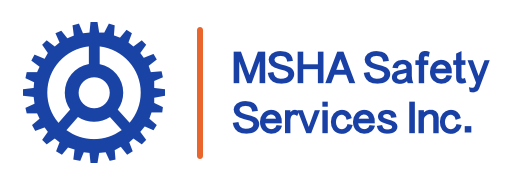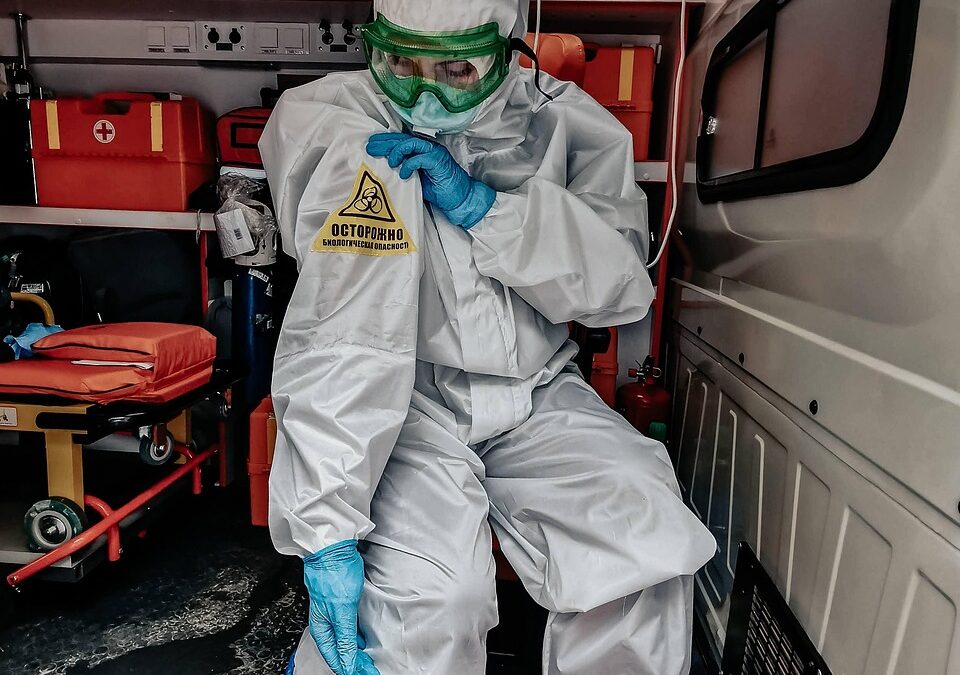In mining, danger can strike without warning. Whether it’s a fire, collapse, or gas leak, having a plan in place isn’t just smart—it’s essential. The Mine Safety and Health Administration (MSHA) enforces strict emergency response requirements to help mine operators safeguard workers during crises. These standards cover everything from evacuation protocols to advanced tracking and communication systems that support real-time coordination. In this article, we’ll explore the critical aspects of MSHA’s emergency response regulations and how compliance can enhance both safety and operational readiness.
MSHA Emergency Response Standards and Key Regulations
MSHA’s safety requirements are designed to establish a consistent baseline for emergency readiness in the mining industry. Key regulatory highlights include:
- The MINER Act of 2006, which pushed for stronger communication, tracking, and rescue systems
- Mandates for underground coal mines to maintain detailed Emergency Response Plans (ERPs)
- Standards around rescue personnel, equipment access, and response timelines
Compliance with these rules not only helps avoid regulatory penalties but also ensures that mines are equipped to act quickly and effectively when an incident occurs.
Introduction to MSHA Emergency Response Standards
Emergencies in mining environments can unfold rapidly, making preparedness a regulatory and moral imperative. To help mines respond effectively, the Mine Safety and Health Administration (MSHA) has established detailed emergency response requirements under various parts of Title 30 of the Code of Federal Regulations (30 CFR). A cornerstone of these regulations is the MINER Act of 2006, which strengthened existing rules by requiring underground coal mines to develop and maintain comprehensive Emergency Response Plans (ERPs).
Key standards include:
- 30 CFR § 75.1502 – Requires mine operators to develop and implement a written ERP that addresses evacuation procedures, communication systems, and coordination with local emergency services.
- 30 CFR § 49 – Outlines requirements for mine rescue teams, including training, equipment, and response readiness.
- 30 CFR § 75.1714-2 – Covers the requirements for self-contained self-rescuers (SCSRs) and how they must be stored and maintained in underground coal mines.
- 30 CFR § 75.1600-2 – Details the standards for communication systems that must be functional during emergencies.
These regulations form the backbone of MSHA’s approach to emergency response and emphasize proactive planning, reliable systems, and clear coordination strategies. Understanding and implementing these standards is essential not only for compliance but also for ensuring that every miner has the best chance of survival in a crisis.
Understanding Emergency Evacuation Procedures
Clear evacuation plans are vital during an emergency. These procedures should detail:
- Safe exit routes and designated escape paths
- Check-in points and head counts to track personnel
- Communication flow between underground workers and surface teams
- Steps to confirm all miners are accounted for
MSHA requires that evacuation procedures be documented and regularly tested through drills. The goal is to make these responses second nature, so that even under pressure, everyone knows exactly what to do.

Tracking and Communication Systems in Mine Emergencies
Technology is a powerful ally in emergency response. Effective systems include:
- RFID devices that help track the real-time location of miners
- Two-way communication tools such as leaky feeder systems and wireless radios
- Emergency alarms and alert systems to issue warnings instantly
These tools allow responders to pinpoint locations and relay instructions swiftly. MSHA mandates regular testing and maintenance to ensure these systems perform reliably under pressure.
Developing an MSHA-Compliant Emergency Response Plan
A solid ERP is more than just paperwork—it’s a life-saving blueprint. It should be customized to each mine site and updated frequently. Core elements include:
- Identification of site-specific hazards
- Assignment of emergency roles and responsibilities
- Integration of communication and tracking tools
- Coordination with nearby emergency services
The more detailed and proactive your plan, the smoother the approval process and the better the emergency outcome.
Training and Certification for Emergency Responders
Preparedness begins with people. MSHA requires:
- A minimum number of trained emergency personnel on-site
- Regular re-certification and skill refreshers
- Familiarity with emergency tools, procedures, and roles
Training should also extend to the entire workforce, ensuring that every miner understands their responsibilities during a crisis. Confidence through preparation is key to a safe and effective response.
Conducting Effective Drills and Simulations
Practicing your plan ensures it works when it matters. Mines are encouraged to run:
- Unannounced evacuation drills to test real-world readiness
- Equipment-specific exercises to verify functionality
- Scenario-based simulations, such as fire or gas incidents
Each drill should end with a debrief to identify strengths and areas for improvement. These continuous learning cycles are central to maintaining compliance and building a resilient safety culture.
Achieving and Maintaining MSHA Compliance
Staying compliant is a continuous effort. Mines should:
- Regularly revise emergency response plans
- Keep thorough records of training sessions
- Conduct routine inspections and hazard evaluations
- Submit updates and reports as required by MSHA
Neglecting these responsibilities can lead to costly violations or increased danger for workers. Proactive compliance ensures that systems and people are always ready.
Auditing, Inspections, and Continuous Improvement
MSHA inspections are detailed and frequent. To stay ahead, mine operators should:
- Perform internal audits ahead of scheduled reviews
- Address any issues immediately with documented corrections
- Foster a culture that values ongoing safety improvements
The goal isn’t just to pass inspections—it’s to build a safer, more responsive operation that protects workers every day.
Case Studies in MSHA Emergency Compliance
Real-life examples underscore the importance of being prepared:
- A coal mine’s upgraded tracking system enabled a complete evacuation during a gas leak—no injuries occurred.
- In another case, a thorough ERP helped rescue miners after a seismic event disrupted access routes.
- One site avoided fines during inspection thanks to meticulous training documentation and well-maintained equipment.
These stories show that preparation and compliance lead to real-world results.
Strengthening Emergency Preparedness Through MSHA Compliance
MSHA’s emergency response requirements are more than regulatory checklists—they are practical tools that save lives. By investing in robust plans, modern systems, and continuous training, mine operators can create safer workplaces and improve their emergency readiness. Compliance is not just about meeting expectations—it’s about protecting people and securing the future of mining operations.

